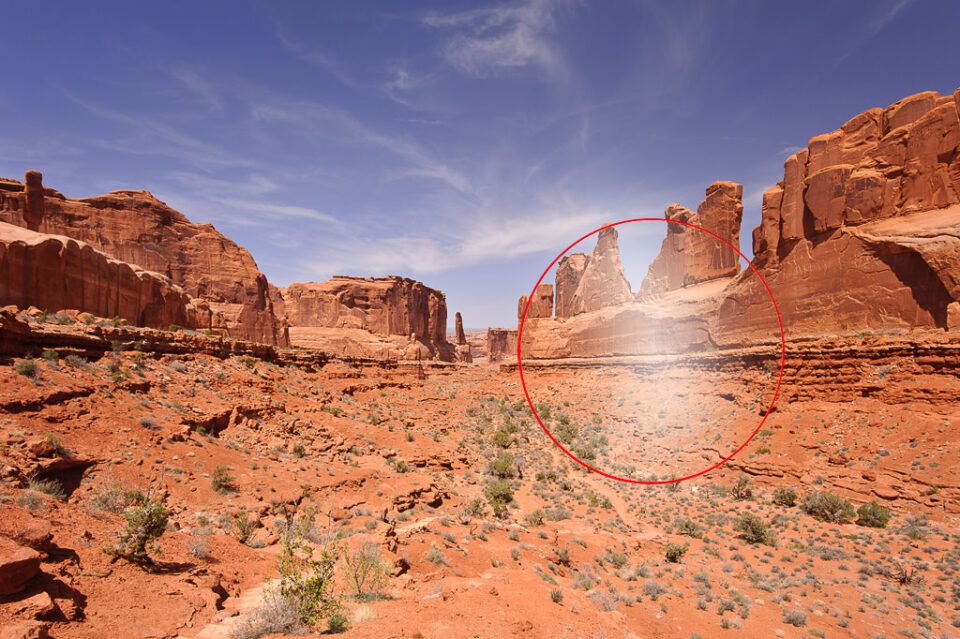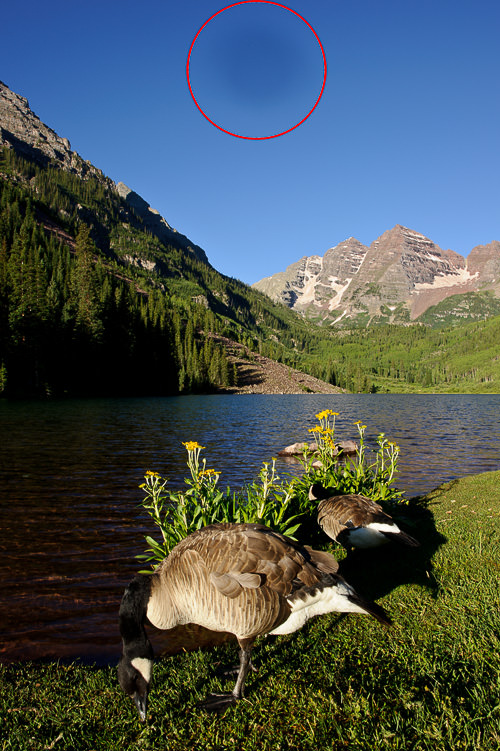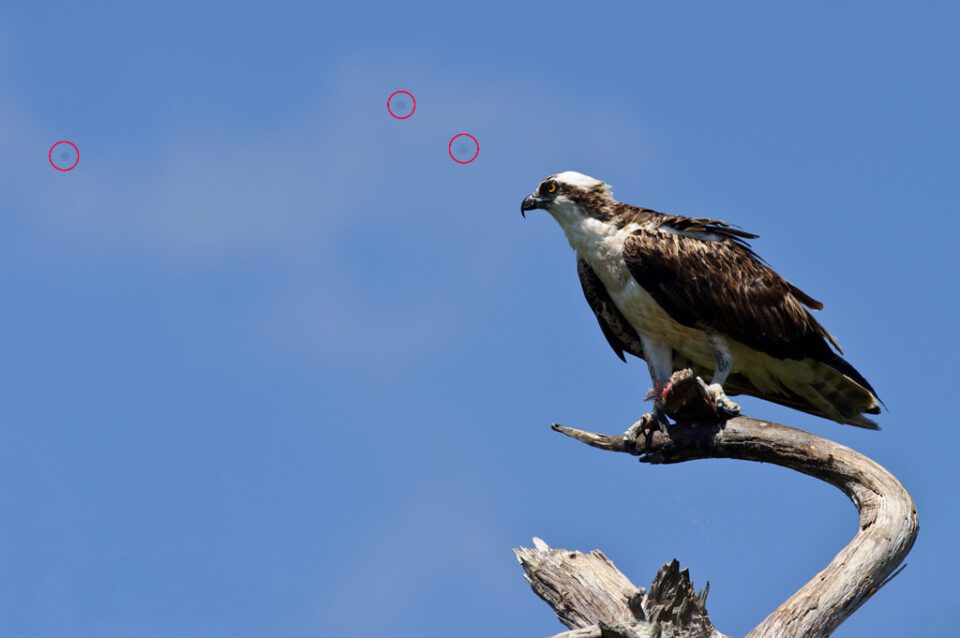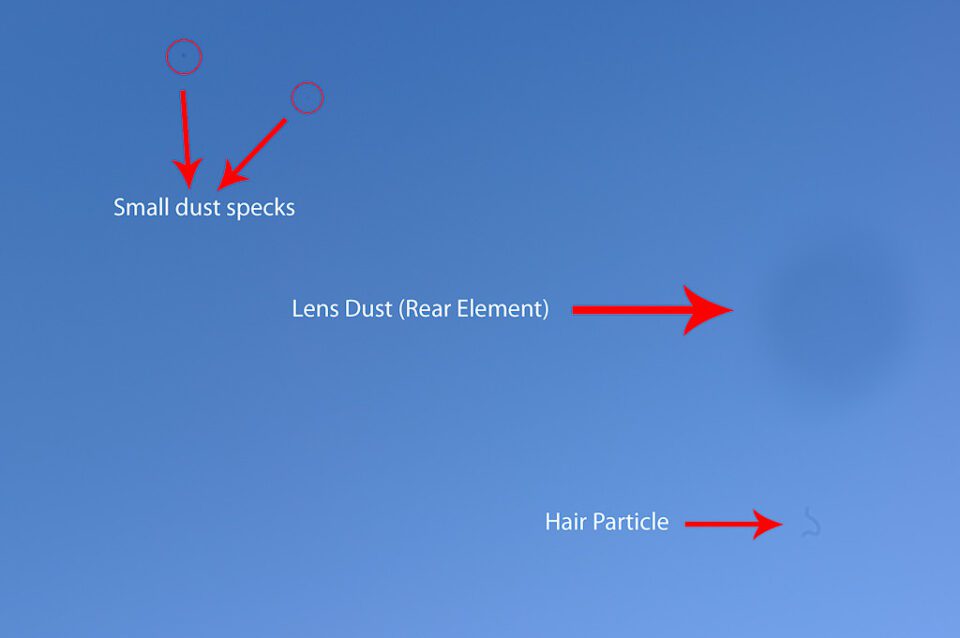Are you getting frustrated with viewing small dark spots in your pictures that seem to show up in every picture? If you see them consistently within the same location (the size plus darkness of the spots can vary based on aperture), you are most likely dealing with dirt particles on your camera’ s messf¨¹hler. In this short article, I will teach you a quick and easy way to identify messf¨¹hler dust when shooting outdoors.
What is sensor dust?
If you own a DSLR or mirrorless interchangeable lens camera, you are going to at some point have to deal with sensor dust, whether or not you like it or not. Dust is really a normal fact of life in fact it is all around us, even at our houses that we try to keep clean all the time. The dust lands on both the particular lens and the camera body, plus, due to the “ breathing” mechanism from the lens while zooming in/out plus focusing, the small dust particles get sucked into the camera body. Many lenses breathe one way or another or else the interior elements would not be able to move meant for autofocus and zoom functions. If you are using more than one lens, the dust could possibly get into the camera body along the way of changing lenses.
When the dust is in the camera entire body, it will either fall on the bottom part of the camera or move around till it lands somewhere. Some dirt particles land on the mirror within the camera and others might end up getting trapped on the camera sensor. So , from this article you can see, there are three main areas where dirt might settle in:
- The camera mirror – when dust ends up being around the camera mirror, you will not see it within your images, but you will see dust contaminants when you look through the viewfinder. This is just annoying and it can be effortlessly cleaned either with a small clean or a blower like Giotto’ s i9000 Rocket Blower.
- The particular lens exterior, front and/or the back element – while really small dust particles will not affect picture quality, the larger ones and dirt/grease will decrease contrast and may even possibly degrade image quality. Be sure both the front and the rear components are clean and dust/dirt free.
- The camera sensor – the worst case scenario, because the dust contaminants will show up in every image, particularly when stopped down to small apertures such as f/10. Cleaning the camera messf¨¹hler is not easy and the process requires specific tools that need to be used with intense care.
The first is not a big deal – if you notice some dust inside the viewfinder however, you do not see it in your images, usually do not worry about it too much and only thoroughly clean the mirror if it is too frustrating for you. The second and third would be the ones that can spoil your images and also have a negative effect on affect image high quality. Let’ s talk about lens dust first.
Dust/Dirt on the lens
How does dust, dust and grease affect the image that will comes out of your camera? Dust plus dirt on the front element may rarely be visible, unless there is certainly too much of it. Even then, you do not actually see any dots inside your image, but rather will notice that your pictures are a little “ hazy” or “ cloudy”, which photographers simply contact “ decreased contrast”. If only part of the front element is affected, such as an oily finger touched front side element, then you will see something like this particular:

Note the white-colored area inside the circle – that’ s how oil/grease would impact the image. In many cases, you might see a colour shift in addition to decreased contrast.
What about dust on the back element? Take a look at the following image:

See that large dark just right the top of the frame? When I had taken the shot and looked at the particular viewfinder, I immediately knew the fact that rear element of the lens a new large dust spec on it, due to the fact neither the dust on the front side of the lens, nor on the digital camera sensor looks anything like the over. I changed lenses in a very messy and windy area (not the best thing to do) and something large wound up landing on the rear lens component before I mounted it at the camera. The result is a large darkish circle in the frame!
Dust in the camera sensor
What about dust on the camera messf¨¹hler? Dust on the camera sensor could be quickly identified from the following:
- The size and presence of the dust particles will change when you change lens aperture. At optimum apertures on fast lenses for example Nikon 50mm f/1. 4G, you may not even notice the dust particles within your images, which does not mean that they are not really there. They will only be noticeable at smaller apertures such as f/4. 0-f/5. 6 and higher. When you increase aperture to a larger amount, the dust will appear darker and much more pronounced and the size of it will likely get a little smaller.
- Dust particles will always appear in exactly the same spots.
- Sensor dirt can never be seen through the viewfinder, this only shows up in images. Also then, you might need to zoom into 100% to see it. Larger dirt particles and hair can be noticeable right away without having to zoom in (see example image below).
Here is an example of sensor dirt:

All those three sensor dust specks wound up being on my sensor following a long day of driving by way of a very dusty area. As you can see, the particular dots are quite obvious and are smaller than the earlier example of dust within the rear lens element. I utilized a small aperture of f/10 with this shot to get the bird in ideal focus, so the dust specks came along right away.
How to see sensor dirt
If your digital camera has dust on its messf¨¹hler, you can quickly spot it by doing these:
- Set your own camera on Aperture Priority Mode .
- Set your metering mode to Matrix/Evaluative Metering .
- Fixed your digital camera ISO to the cheapest number such as ISO 100 or even 200.
- Turn off Car ISO.
- Turn off autofocus and set your lens on guide focus.
- Set your own aperture to the largest number readily available for your lens by rotating the particular camera dial. For example , the minimal aperture on the Nikon 50mm f/1. 4G is f/16, so if We were shooting with this lens, I might set my aperture to f/16.
- If you are outside, stage your camera up at the crystal clear blue sky and take an image. If you are indoors, find plain white-colored paper, zoom in all the way so the paper fits the whole frame, after that make sure that the lens is completely away from focus and take a picture. In case you are in front of a computer, open up a textual content editor such as Notepad, maximize this to the screen and then get because close to the monitor as possible so that the particular white color is visible in the body. Make sure that your focus is method off (completely out of focus) – that way only dust particles is going to be visible.
- Zoom within on the image (rear camera LCD), scroll from left to correct and top to bottom all over the image and find out if you can find any dark places.
- If you cannot see any kind of, your sensor is clean. If you find dark spots like in the above instance, then your sensor has dust onto it.
Here is a chance of the sky that I took from f/16 after seeing dust within my image:

The large dark circle is dirt on the rear element of the zoom lens, while the dots and hair are on the camera sensor. As you can possibly tell, I had to do some cleansing of the sensor after I saw the above mentioned. I obviously did not do it upon location, but in a dust-free atmosphere as soon as I got back hom

